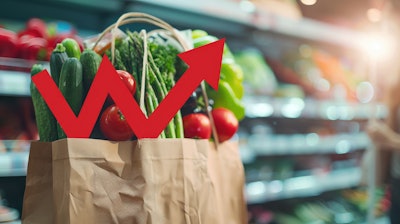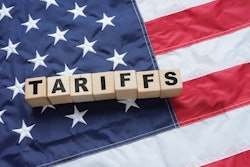
Blue Yonder’s 2025 Global Consumer Sentiment on Grocery Inflation Survey reveals how sustained inflation, supply chain challenges and global tariffs are influencing grocery spending and broader consumer behavior across generations and regions.
“The findings of this survey underscore just how widespread and deeply felt the impact of inflation is on consumers’ everyday lives,” says Ben Wynkoop, senior director, global industry strategist, grocery and convenience, Blue Yonder. “From buying fewer grocery items and cutting back on alcohol purchases to shopping at discount retailers and reprioritizing spending across other categories, consumers are navigating prolonged uncertainty — and retailers must adapt accordingly.”
Key takeaways:
· The survey found that 85% of overall respondents are concerned about inflation’s impact on grocery prices.
· Nearly half (49%) of all respondents believe newly introduced global tariffs are the leading factor behind inflated grocery prices, followed by increased costs for raw materials (42%), increased labor costs in manufacturing and food processing (39%), and increased profit margins for brands and manufacturers (33%).
· The perceived top factor driving inflated grocery prices differs across regions. Consumers in the United States (65%), the UK (56%) and the Middle East (50%) feel global tariffs are the leading cause of rising prices. Consumers in ANZ (50%) feel that increased profit margins for brands and manufacturers is the top factor for inflated prices, while consumers in France (48%) and Germany (47%) believe the increased cost of raw materials is the leading cause of grocery inflation.





















